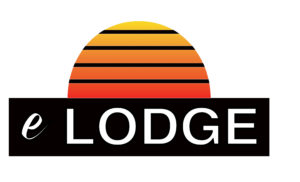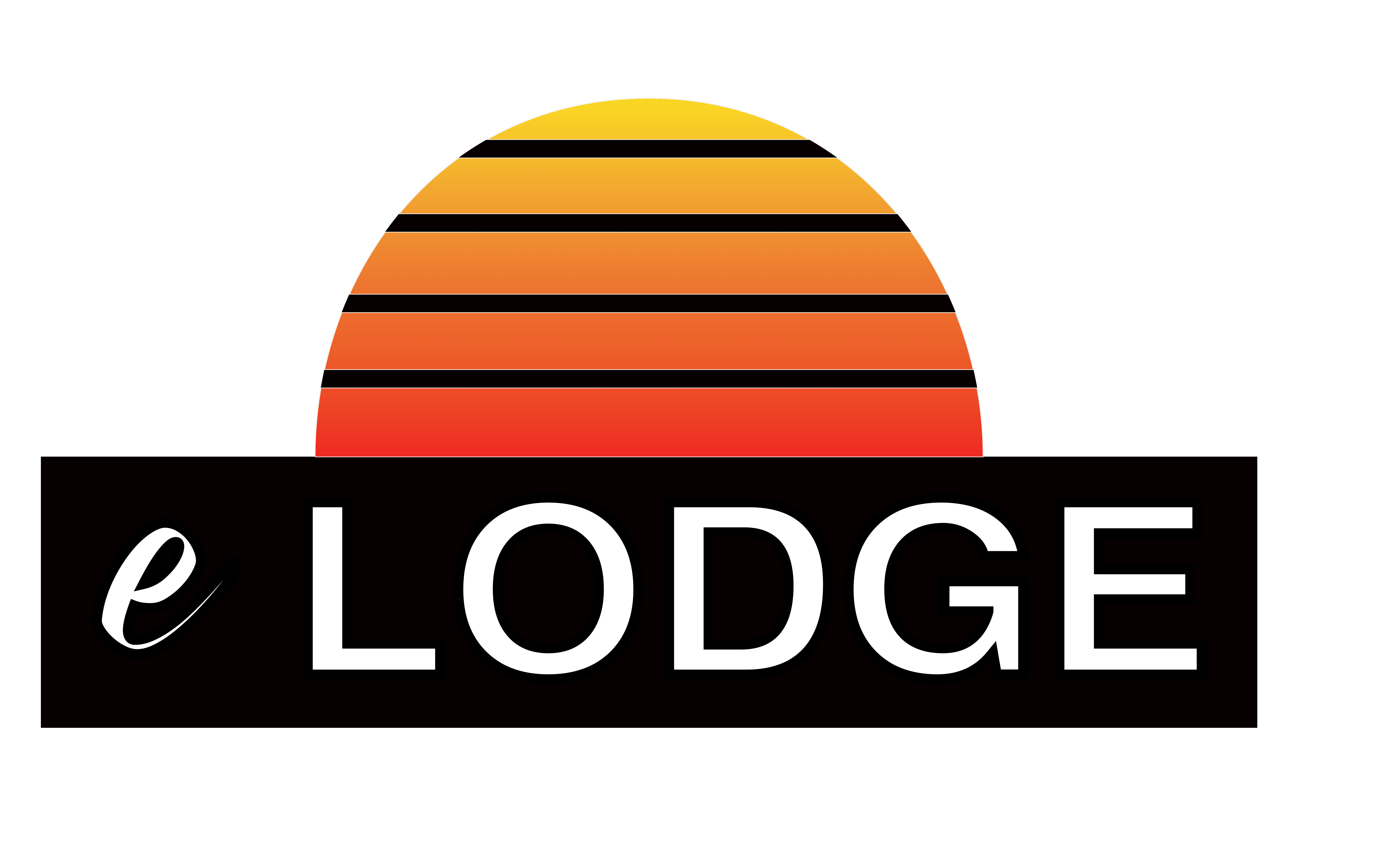10.2.5 Monetary Passions Directory
Note that one another Sen’s SWF and additionally Cornia and you may Court’s successful inequality diversity work on economic gains in the place of financial welfare men and women and you may property, which is the desire of this papers. Hence, i service efforts to explain a variation of your own ‘productive inequality range’ which is extremely that lead for individual financial interests, as opposed to progress per se. Whilst the perfect constitution of your own assortment isn’t understood, we are able to readily consider of good hypothetical equilibrium ranging from income shipping and you may bonuses having earnings age bracket which could get to the aim of enhancing human monetary appeal to the area general. For this reason, we must to change SWF having abilities. We present a good coefficient of overall performance e. The worth of age selections anywhere between 0 and you will step one. The lower the value of elizabeth, the better the amount of inequality you’ll need for max financial welfare. In addition, it is evident you to definitely nations which have currently hit lower levels out-of inequality get down thinking off e than just nations currently performing during the large levels of inequality.
https://datingranking.net/it/incontri-con-feticismo-del-piede/
Our approach differs from Sen’s SWF and others in one other important respect. The indices of inequality discussed above are typically applied to measure income inequality and take GDP as the base. Our objective here is to measure the impact of inequality on levels of welfare-related household consumption expenditure rather than income. Consumption inequality is typically lower than income inequality, because high income households consume a much lower percentage of their total income than low income households. For this reason, we cannot apply income inequality metrics to household consumption in their present form. We need to also adjust SWF by a coefficient c representing the difference between income inequality and consumption inequality in the population. In this paper we propose a new index, the Economic Welfare Index (EWI), which is a modification of Sen’s SWF designed to reflect that portion of inequality which negatively impacts on economic welfare as measured by household consumption expenditure. EWI is derived by converting Gini into Gec according to formula 2 below. 70 Gec represents that proportion of the Gini coefficient which is compatible with optimal levels of economic welfare as measured by household consumption expenditure. Note that Gec increases as Gini rises, reflecting the fact that high Gini countries have a greater potential for reducing inequality without dampening economic incentives that promote human welfare.
Gec is intended to measure income inequality against a standard of ‘optimal welfare inequality’, which can be defined as that the lowest level of inequality compatible with the highest level of overall human economic welfare for the society as a whole.
EWI are private throwaway money (PDI) increased of the Gec in addition to government passion-associated expenditure on the houses (HWGE). Remember that HWGE isn’t adjusted because of the Gec due to the fact shipping from bodies features is far more equitable versus distribution out of money and you can application expenditure that’s skewed in favor of lower income family.
Which results from the point that India’s individual disposable earnings stands for 82% regarding GDP whereas China’s is only 51%
So it picture changes PDI available the feeling from inequality to your max economic appeal. Subsequent research is wanted to significantly more precisely dictate the value of Gec lower than more issues.
Table 2 shows that when adjusted for inequality (Gec) per capita disposable income (col G – col D) declines by a minimum of 3% in Sweden and 5% in Korea to a maximum of 17% in Brazil and 23% in South Africa. The difference is reduced when we factor in the government human welfare-related expenditure, which is more equitably distributed among the population. In this case five countries actually register a rise in economic welfare as a percentage of GDP by (col I – col D) 3% in Italy and UK, 5% in Japan and Spain, 7% in Germany and 14% in Sweden. This illustrates the problem of viewing per capita GDP or even PDI without factoring in both inequality and welfare-related payments by government. When measured by EWI, the USA still remains the most prosperous nation followed by Germany. Surprisingly we find that while China’s per capita GDP is 66% higher than India’s, its EWI is only 5% more. At the upper end, USA’s GDP is 28% higher than second ranked UK, but its EWI is only 17% higher than UK and 16% higher than second ranked Germany.

